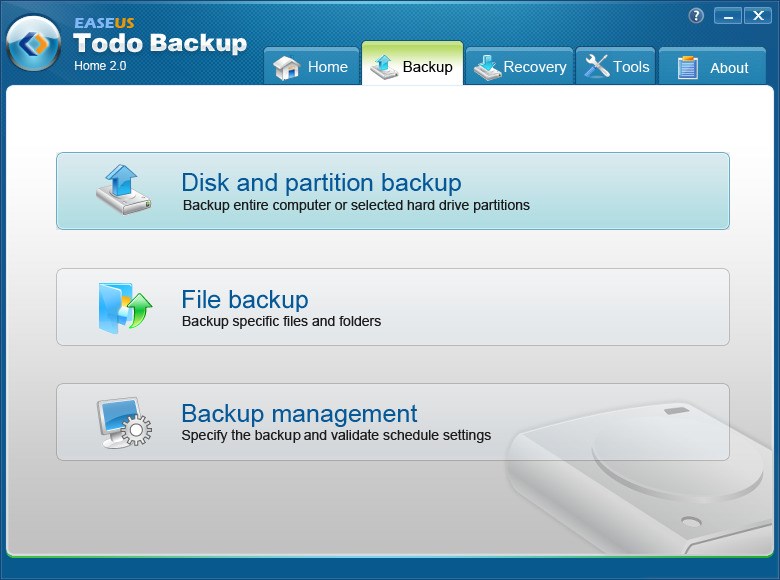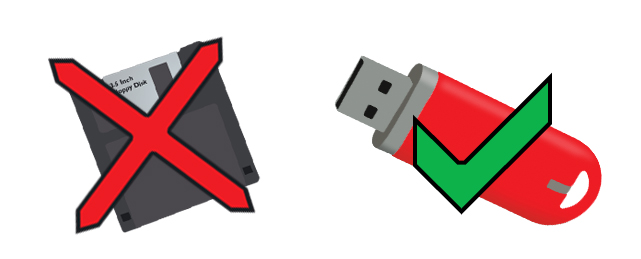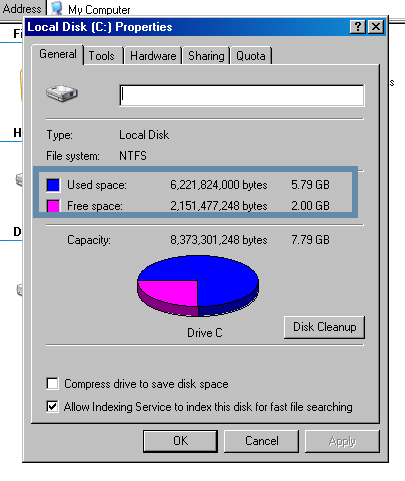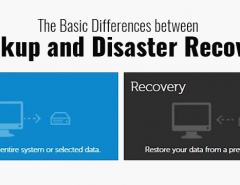
- Usb backup vs recovery disc drivers#
- Usb backup vs recovery disc for windows 10#
- Usb backup vs recovery disc windows 10#
- Usb backup vs recovery disc portable#
Usb backup vs recovery disc portable#
Consider using a portable SSD drive with USB 3.0 interface. Therefore, we strongly recommend using a USB hard drive instead of a USB stick for better performance. Unfortunately most USB sticks on the market are quite slow for random access. Third: A USB stick or USB hard drive, with a capacity of at least 15 GB. You must run Rufus on Windows 8.1, Windows 10, or Windows Server 2012 and later in order for the “Windows to Go” option to appear. It’s a tool that will prepare the USB disk or stick for you so that you can boot Windows from it, even when the computer has no hard drive. Second: Download Rufus, either from the developer or use our mirror.
Usb backup vs recovery disc windows 10#
If you are going to use the Windows 10 Enterprise ISO or Windows Server 2016 ISO, you must have at least Windows 8.1 installed in order to proceed with the Rufus tool otherwise, the Windows-to-Go option will not appear. You could also use the ISO of the free Hyper-V Server 2019 system (download here) if you want the boot disk to work forever, i.e. The trial version of Windows is perfectly fine. Note: you could also use an older version of Windows however, Windows 10 and Windows Server 2019 adapt themselves very well when you switch hardware, so it’s a major plus since you really want a portable Windows system.
Usb backup vs recovery disc for windows 10#
Very important: If you are going to use a PC version of Windows, you must use the Enterprise ISO, not the one for retail.The 180 day trial for Windows Server 2019 is available from the Microsoft Evaluation Center or directly here and the ISO for Windows 10 can be downloaded here. Materialsįirst: Download the Windows Server 2019 or Windows 10 Enterprise or Windows 11 Enterprise ISO from Microsoft. Once you boot Windows from your USB hard drive, you can access our backup software, including its disk image and disk cloning features to restore your hard disk images to new hardware.

Usb backup vs recovery disc drivers#
In addition, in case you need to restore to a unique hardware system configuration, it makes sense to have a USB boot disk prepared with all the drivers you may need. You can prepare such a boot disk ahead of time and be prepared in case you do not have a second PC or server where disk restore operations can be performed. To download Windows 10 installation media, see Recovery options in Windows.Probably by far the best option to do bare-metal recoveries and other bare-metal operations is to have a USB pluggable boot disk or USB stick with Windows on it. It doesn't contain your personal files, settings, or programs. It's a good idea to Backup and Restore in Windows frequently because the recovery drive isn't a system image. If you ever need to use the recovery drive to reinstall Windows 10 on your PC, see Recovery options in Windows for further instructions. You might be asked to enter an admin password or confirm your choice. In the search box next to the Start button, search for Create a recovery drive and then select it. To create a recovery drive in Windows 10: To download Windows 11 installation media, see Recovery options in Windows. Need more options for creating a recovery drive?įor Windows 7, see Create a system repair disc.įor Windows 8.1, see Create a USB recovery drive.

If you ever need to use the recovery drive to reinstall Windows 11 on your PC, see Recovery options in Windows for further instructions.

Many files need to be copied to the recovery drive, so this might take a while. When the tool opens, make sure Back up system files to the recovery drive is selected and then select Next.Ĭonnect a USB drive to your PC, select it, and then select Next. In the search box on the taskbar, search for Create a recovery drive and then select it. To create a recovery drive in Windows 11:

Warning: Use an empty USB drive because this process will erase any data that's already stored on the drive.


 0 kommentar(er)
0 kommentar(er)
